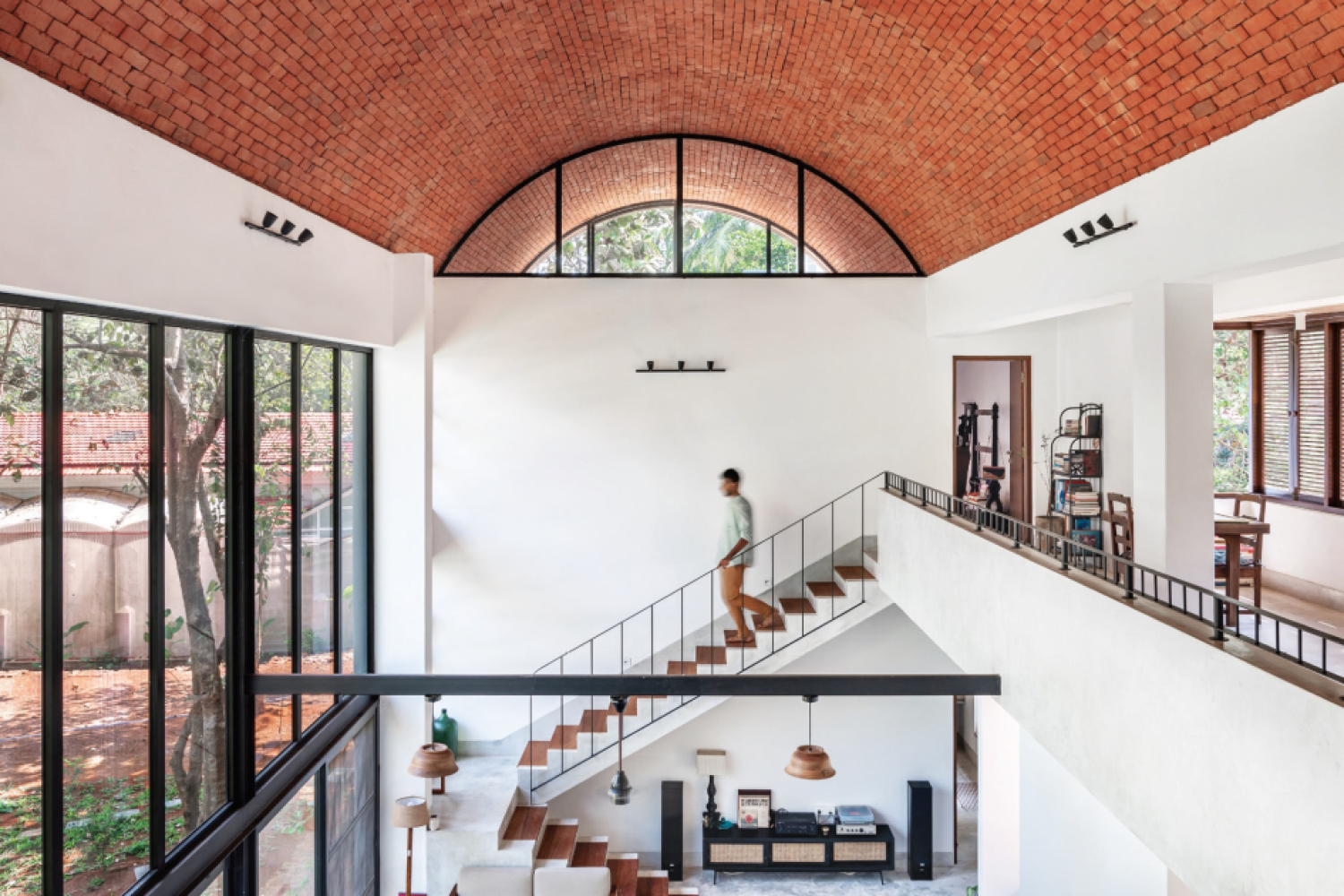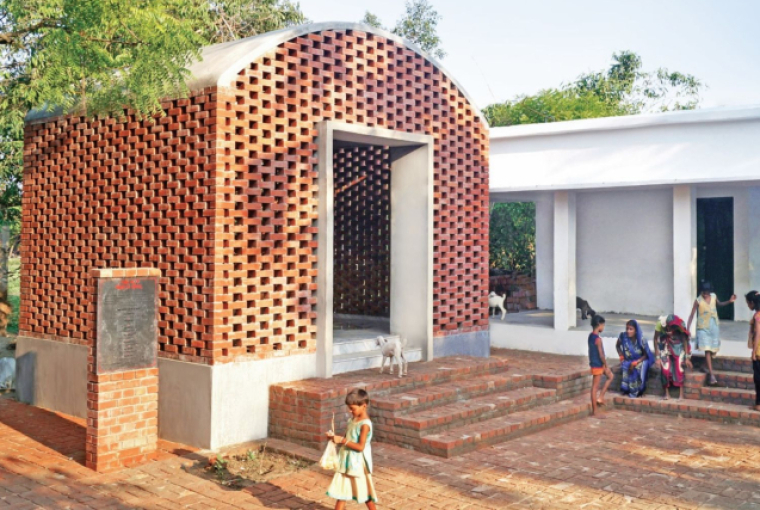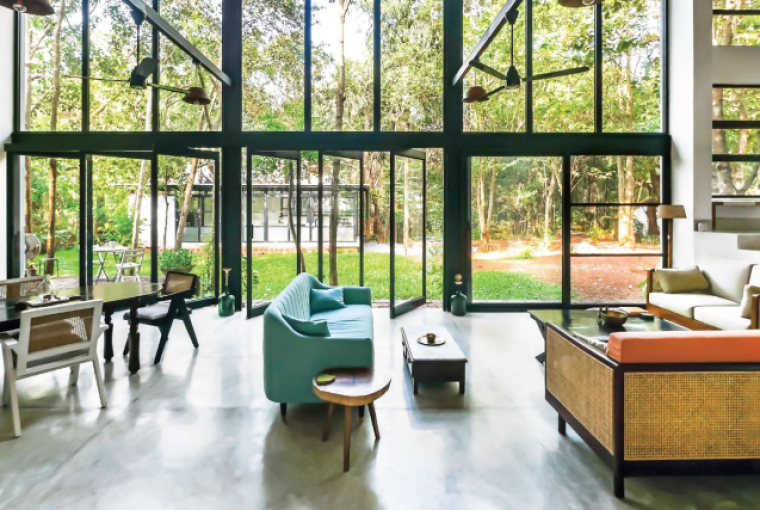

Studio Matter celebrates the art of architecture. Founded by partners in life, Ruturaj Parikh and Maanasi Hattangadi, the studio pays emphasis on simple creation that elevates the meaning of the space. Having developed everything from local market places, clothing stores to fine houses and shrines, the studio boasts of imperfection to embrace the constant evolution of their practices. In this conversation, co-founder Ruturaj Parikh shares with us his thoughts on architecture as a practice, their design process and ideas that form the roots of their studio.
HUMAN EXPRESSION IN ARCHITECTURE
As humans, we have constantly shaped our built environment to seek comfort and delight. However, we have also used our built environment to communicate ideas of power, faith, celebration and resistance. These ideas are embedded in our built environment and are communicated through architecture. The skyline of New York and the Historic Ensembles of Samarkand are both products of our collective ambition as a civilisation.
The most important aspect of architecture is the sense of dignity that people receive from the spaces they inhabit. We often think of austere edifices built by the architects of the first generation to work in post-independence India as icons of a new nation. It is fulfilling to think that architecture does have this important role to play as we develop as a nation.

APPROACH FOR PROJECTS
As a studio, we look for a challenge in each project. Invariably, this challenge comes from the very constraints of the project, and the specifics of the context in which the project is based. For example, the works in the public domain often present the challenge of a limited budget. In such projects, we strive to use design to enable an eloquent architecture within the limits of the possible.
Personally, I love the thrill of a new project. The venturing in the unknown, combined with the feeling of a creative free-fall, where nothing is certain and nothing really works, makes the first few weeks of any project the most exciting. Finally, the joy in all our work comes from inhabitation. Once the space or the object of design becomes usable and is offered back to the clients and the stakeholders, the true life of the work begins and it is in this afterlife, we find the most meaningful engagement. In India, we have a wonderful condition: the abundance of people! Therefore, the public and institutional projects, when delivered, become a sustained study in the way people interact and adapt to the architecture; the way they use, misuse and abuse the space, and the way life takes over.

DESIGN PROCESS
Design is a tedious process. The ‘napkin-sketch genius’ idea does not work for us. We have to carefully consider and weigh all parameters and establish a framework in which design evolves through a rigorous and iterative process. For me, design is a simultaneous journey inwards and outwards. On one hand, the meditative and reflective process of drawing, drafting, image-making and modelling takes over while on the other, the project engages with an array of consultants, advisors, stakeholders and the clients, thereby generating a continuous feedback loop that enriches the process. All design or curatorial projects reach a tipping point: a stage where we feel it is now ready to leave the table for execution and deployment.
QUEST FOR THE PERFECT IMPERFECTION
While reading about George Nakashima’s influences and tradition of carpentry in Japan, I had come across this beautiful line in a text that reflected on his work; ‘nothing lasts forever, nothing is complete and nothing is perfect’. In India, we have always cherished a culture of creating enduring things, albeit imperfect—just like our fragile democracy. If one looks at the culture of textiles or carpentry in India, while exquisite pieces are occasionally created by master craftspeople, the objects that adorn everyday life have beauty and integrity in them. This sense of beauty in ordinary things renders richness to life in our context. I feel that our work as designers must, in this spirit, be open, engaging and therefore, resist banalities of perfection in favour of constant evolution. The idea helps us to craft things that endure, change, and bring moments of joy to everyday life.
Words Paridhi Badgotri
Date 18.09.2024